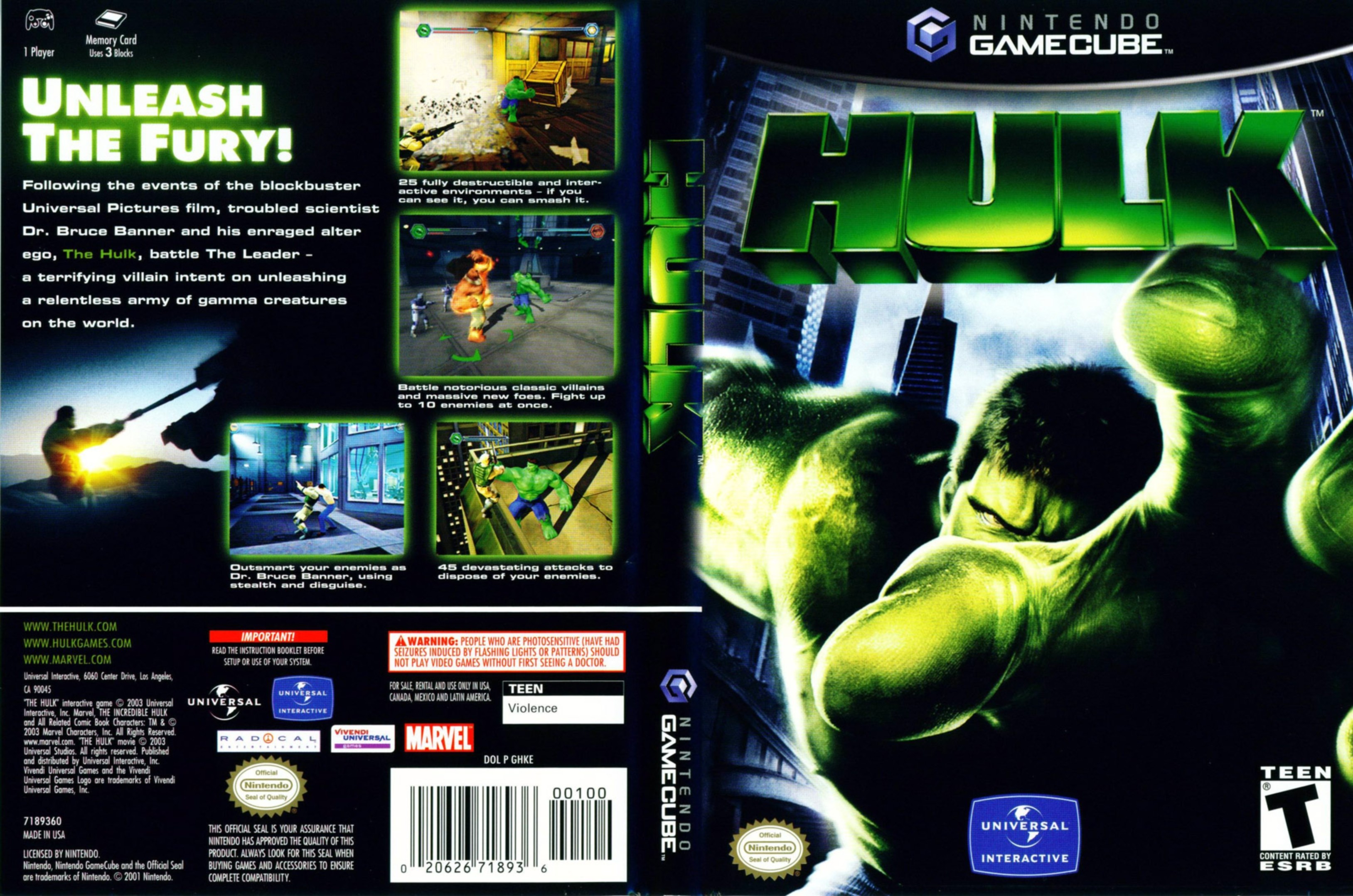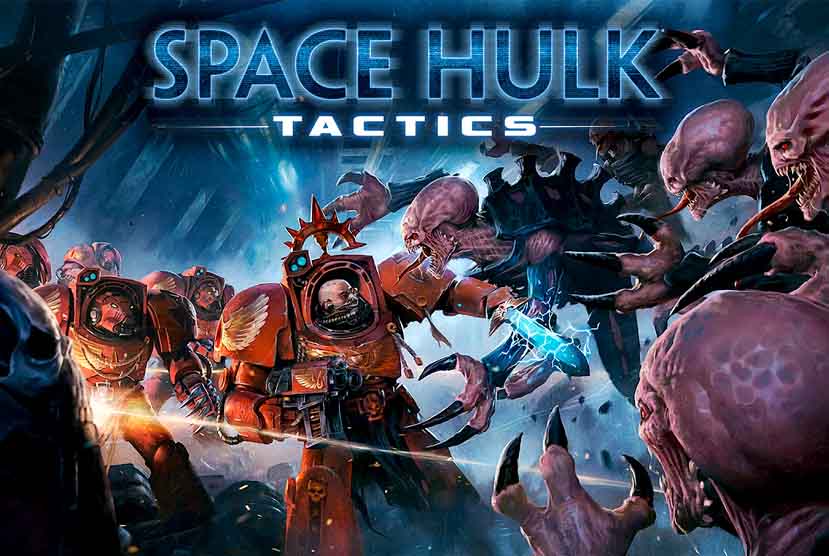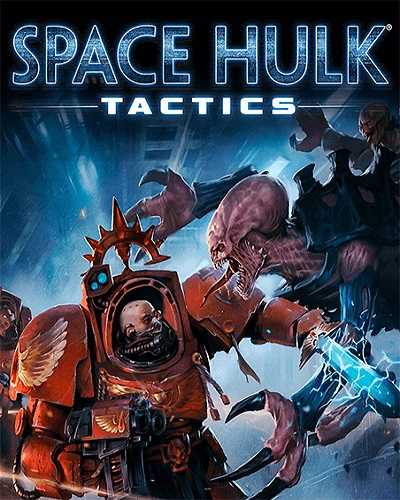

The Incredible Hulk: Ultimate Destruction, despite being a one-time licensed video game, has had a much bigger impact on the video game industry than most gamers would think. The emphasis on a free range of movement and a plethora of combat abilities to unlock made Ultimate Destruction a rival to the likes of Grand Theft Auto: San Andreas and Spider-Man 2 in terms of its general appeal to audiences of all ages at the time. Sure, you still had to be a hero to the world and protect it from other gamma-powered supervillains when the time comes, but what made Ultimate Destruction so good was the freedom it gave players to just run around and do whatever they wanted. Rather than focusing on Bruce Banner’s internal strife and the damage caused by Hulk, the developers at Radical Entertainment made it the central mechanic of the game.


That is until Ultimate Destruction came around, which basically centered the entire game on Hulk’s capacity to smash things in his path. The Hulk is a walking titan of destruction, and translating that to fun gameplay seemed to be impossible. This challenge comes when adapting a superhero who is virtually indestructible, with DC’s Superman also being a tough hero to base a video game superhero on. The aforementioned Ang Lee adaptation of the gamma-powered superhero did receive a video game tie-in, though what bogged the experience down was the stealth-based sections as Bruce Banner and the lack of depth when it came to being the Hulk.

Naturally, this wasn’t the first time the Hulk has appeared in a video game, as he has appeared in everything from his own 16-bit side scrolling beat ‘em ups, to being one of the playable fighters in the very first Marvel vs. Sixteen years later, The Incredible Hulk: Ultimate Destruction is still remembered fondly by its fans, and has had a lasting impact on superhero video games, more so than you might think.


 0 kommentar(er)
0 kommentar(er)
